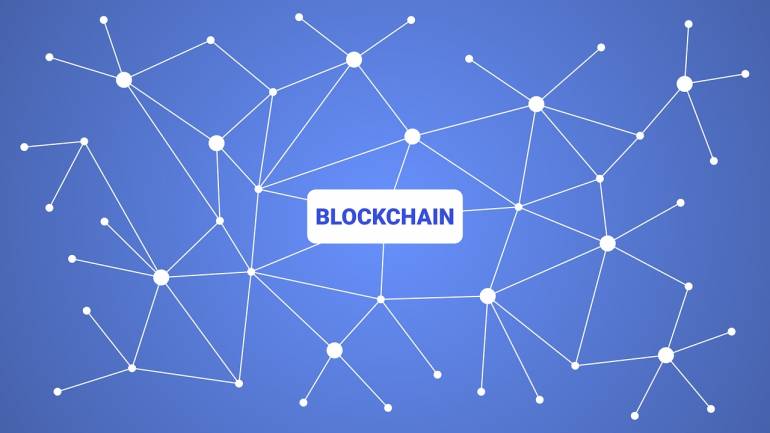Newcomers to the cryptocurrency industry are faced with steep educational barriers in the way of understanding even the most basic components of the technology.
Despite being only a 10-year-old industry, there have been thousands of alternative cryptocurrencies (altcoins) created and billions of dollars invested in blockchain-based projects. The technology is growing rapidly and as result, the barrier to entry is rising.
To my surprise, even self-acclaimed “experts” and “gurus” don’t understand the distinctions between coins and tokens. In this article, I will explain the differences from both technical and economic standpoints. Let’s dig in.
Back It Up
First, it’s important to understand a couple of basic facts about decentralized networks, which is where blockchain shines.
Decentralized networks — such as LAN messaging or Onion Routing — have been around since the 1980s but never grew in popularity because there’s a cost for each user to contribute to the network. With no financial incentive, most people won’t care to run a piece of software in the background of their computer to join a decentralized network. Believe it or not, contributing to these networks can actually increase your electricity bill.
But, which decentralized networks have prospered? Ah! Torrenting sites, where people gain value by downloading software for free — hence, economic value.
Now, thanks to blockchain technology, and the cryptocurrencies along with it, there are real profit incentives for mass amounts of people to join in on these networks. The boom begins.
The catalyst for the cryptocurrency (decentralized) revolution, are the cryptocurrencies themselves.
Follow this logic:
1. Contributing to a decentralized network requires leaving your computer on and downloading the proper piece of software. In Bitcoin’s case, you would sync up with Bitcoin’s blockchain by downloading a Bitcoin wallet.
2. Sometimes, running this software (acting as a node) can noticeably increase your electricity bill, costing you money.
3. Making these networks high-speed, reliable, and robust, requires lots of computing power, which involves lots of money.
With these blockchain-based cryptocurrency networks, contributors are rewarded in cryptocurrency for their work. The cryptocurrencies act as the financial incentive for people to join in.
This opens the door to tech geeks, gamblers, and investors to speculate on various decentralized networks.
Okay, now back to the point — what is a coin, and what is a token?
Source/More: Coins vs Tokens – Michael Rosenblat – Medium














